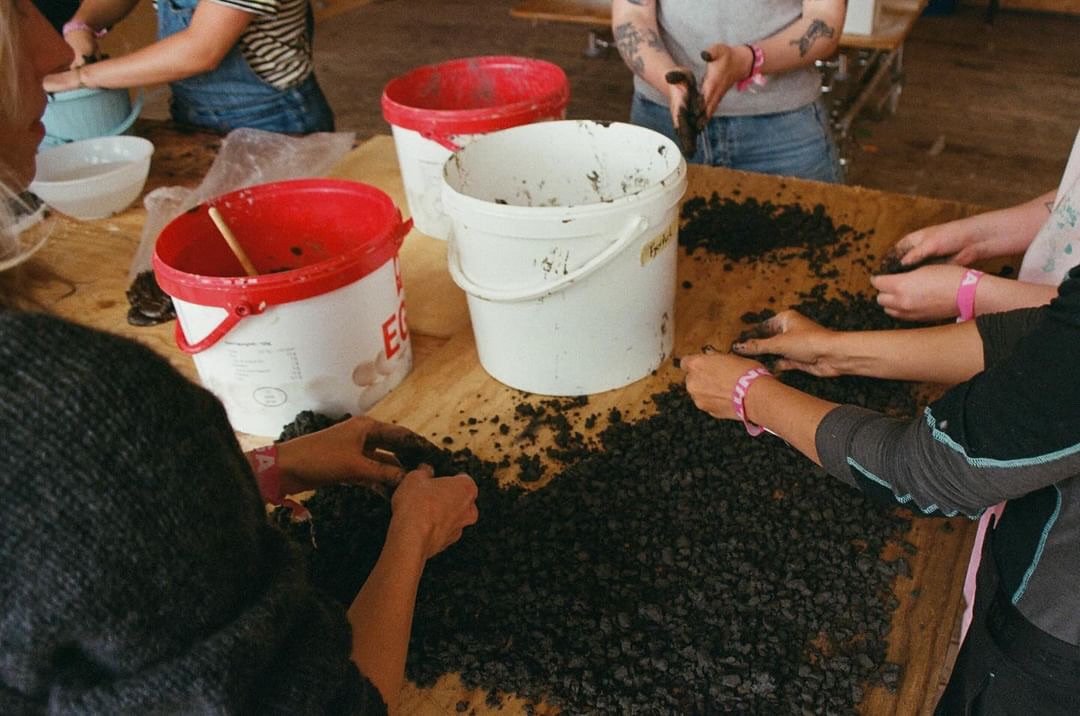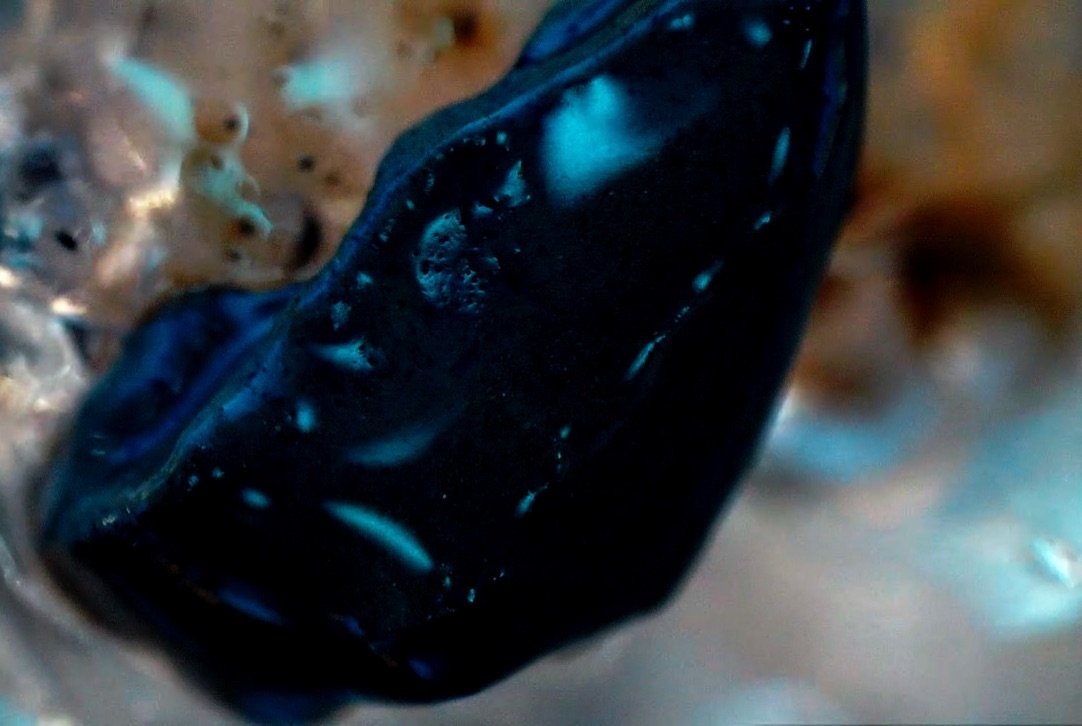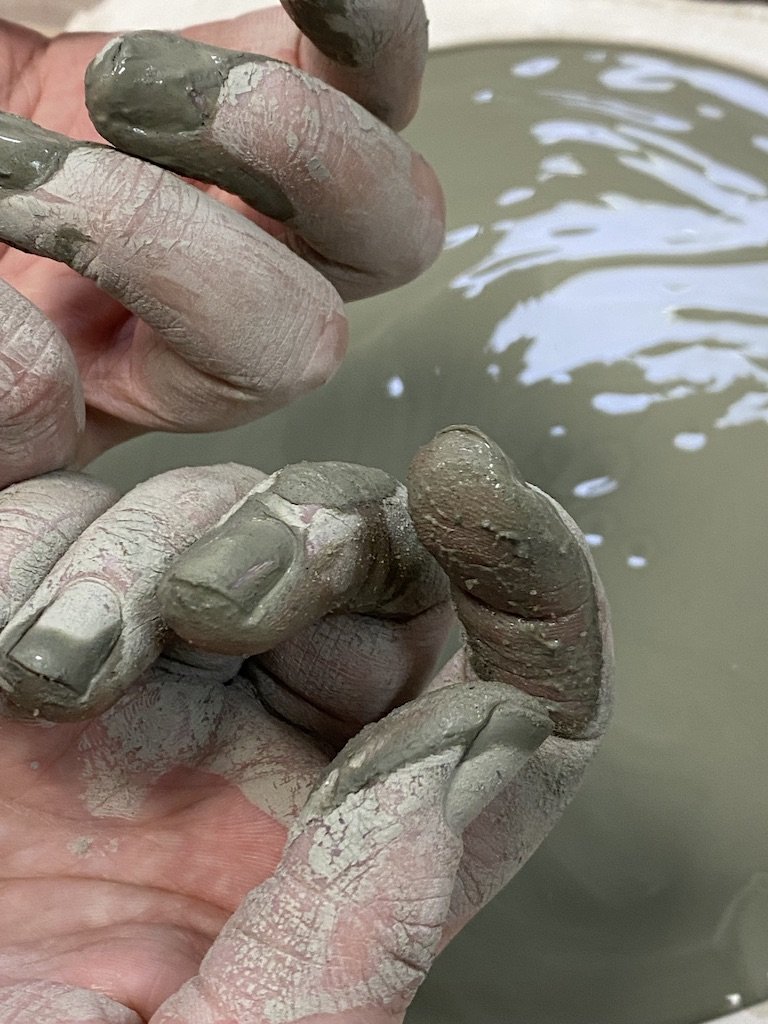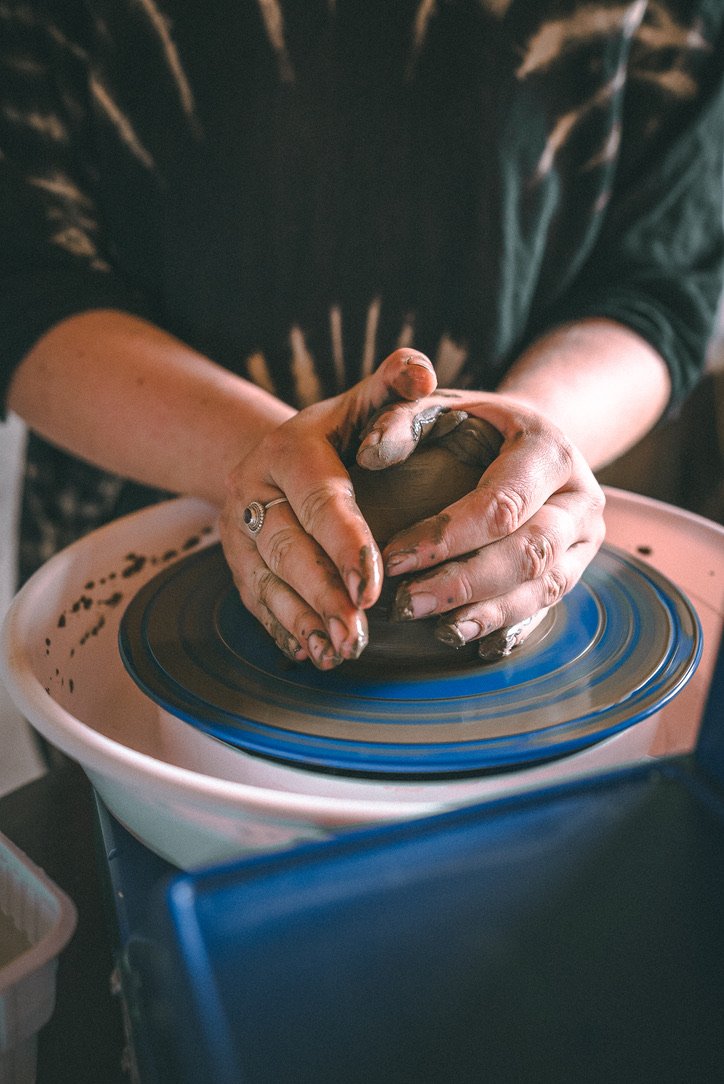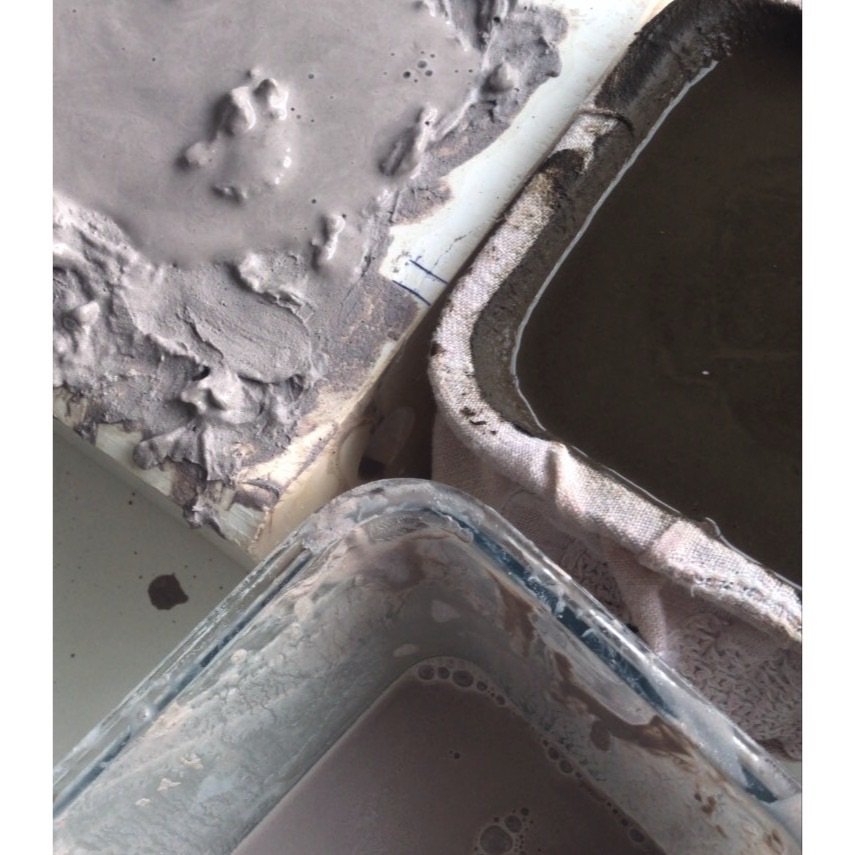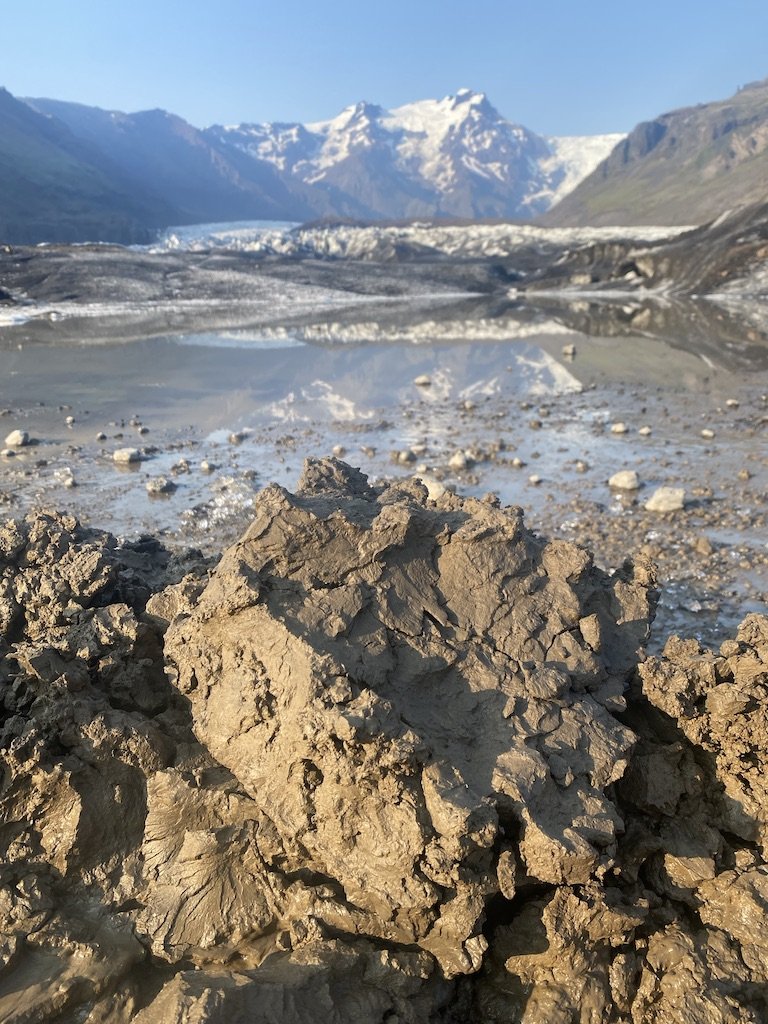
Icelandic clay
Thoughts and photos
Over the past several years, my journey as an artist has been deeply rooted in the Icelandic landscape and the untapped materials it offers. One of my central explorations is Icelandic clay—an abundant yet overlooked resource. The misconception that Iceland lacks usable clay took hold in the 1980s, when the import of foreign materials revolutionized local craftsmanship. In this shift, we lost not only the knowledge of working with local resources but also valuable recipes and artisanal skills passed down through generations.
I work seasonally, following nature’s rhythms and gathering materials as they reveal themselves. Iceland's sweeping glaciers, volcanic terrain, and geothermal hot spots hold a treasure trove of natural materials waiting to be rediscovered. By using locally sourced clay, I hope to raise awareness of the sustainable potential beneath our feet, encouraging others to reconnect with the land and its resources.
In a world driven by convenience and mass production, it’s more important than ever to consider the origins of the materials we use—the food we eat, the bowls we dine from, the clothes we wear. I believe in a return to the craftsmanship of earlier generations, where everything had a purpose, a story, and a connection to nature.
Iceland’s nature is vast and fragile, reminding us of our own impermanence. Just as glaciers reshape the land, our interactions with nature shape our culture and future. My work honors this delicate balance, blending craftsmanship, sustainability, and the deep connection between humans and the earth.
Icelandic clay was used extensively for pottery, with good results. The clay was sourced in clay pits across the country. Two types of clay were used in the clay mixture. On the one hand, ‘deiglumór’ or loess, which was often sourced in Búðardalur or by Elliðaár. And, on the other, plastic geothermal clay, which was most often sourced in Reykjanes or by Laugarvatn. Each pottery worked with its own clay and used its own mixture. It was both difficult and a lot of work to source the clay, clean it and mix it. After 1970, the processing of Icelandic clay had almost completely come to an end and the use of imported stoneware clay took over. — Icelandic Times



